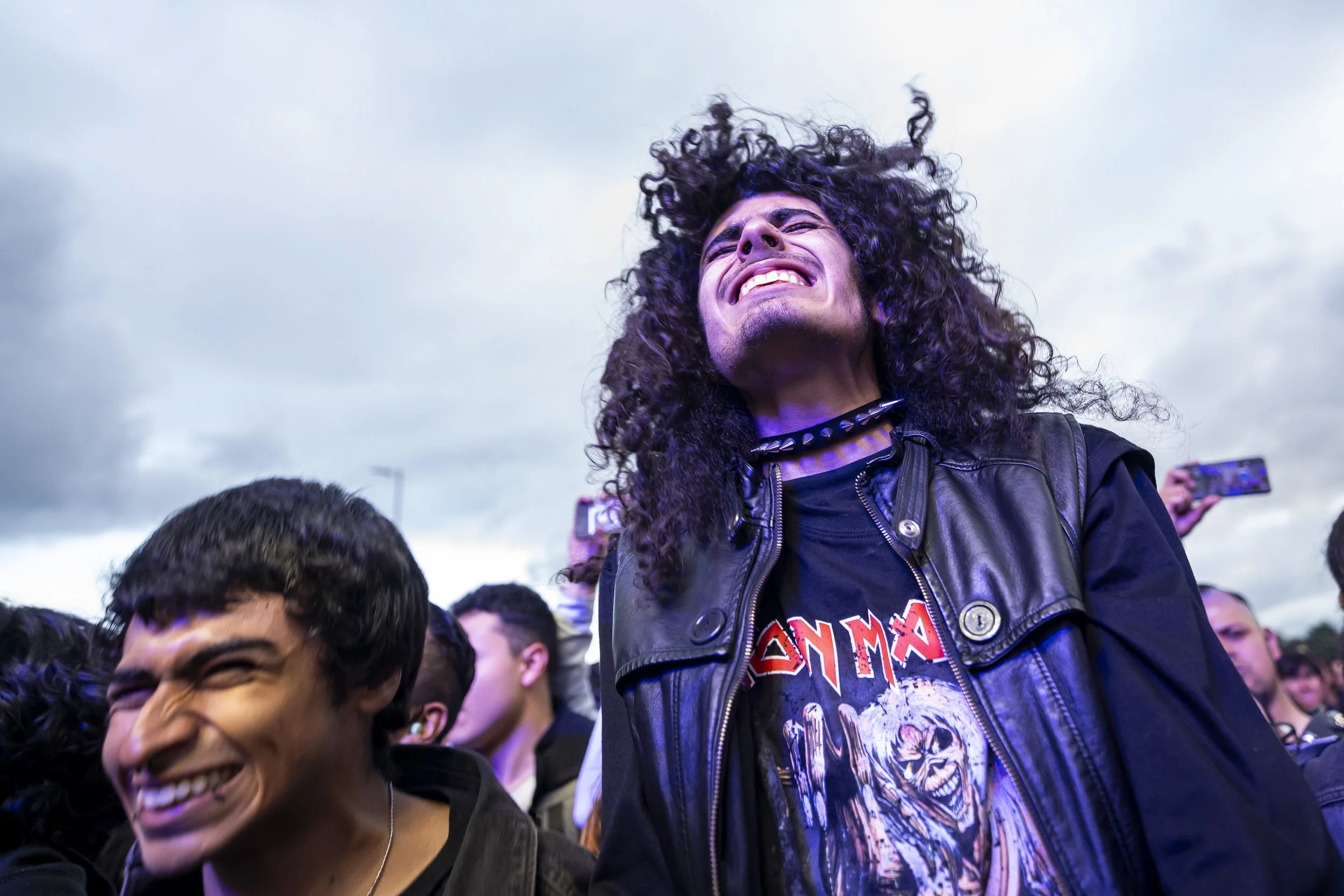Trigger Cities: The Data Behind Music’s New Centers of Influence
What makes a city musically influential? For decades, traditional power centres dominated the narrative – think music scenes like London, New York, LA, Berlin – but in today’s decentralised digital landscape, influence is increasingly coming to cities once considered peripheral to the global music industry.
These inspiring places shaping young artists and pushing new genres has been defined by Chartmetric as Trigger Cities, a concept coined by the firm in a 2019 report. Since then, it has become a key tool in understanding how music moves and the cities that shape this movement.
Andreas Katsambas at BIME.
Chartmetrics' most recent report (2024) highlights 30 global hubs that consistently help new artists break internationally. These include Latin American capitals like Bogotá, São Paulo, and Mexico City, as well as Asian centres such as Jakarta, Kuala Lumpur, and Singapore. What they share is intense local music scenes, at the same time connected, passionate audiences into a demograpic high level poblations.
“We used to look at just a few hubs to decide who the next big global star would be. Now, it’s the audience that decides,” says Andreas Katsambas, CEO of Chartmetric.
Speaking recently at BIME Bogotá, Katsambas reflected on the influence of Latin America and the growing importance of cities that serve as both cultural incubators and testbeds for global music trends.
Why Trigger Cities Matter
Trigger Cities challenge the traditional view of how talent is discovered and scaled. In places like Bogotá, artist engagement across platforms like Spotify, TikTok, and YouTube often surpasses that of more established markets. These cities operate as viral accelerators, where a spike in streaming or social activity can set off a ripple effect across other markets.
What’s driving their influence? According to Chartmetric’s data, it comes down to various key factors:
Hyper-engaged local audiences who do more than simply listen. They engage at a deep level by sharing, remixing, and promoting
Strong social media engagement, along with high rates of music streaming and sharing
Lower digital advertising costs, making it easier to build buzz quickly and efficiently
Cultural openness to new genres, languages, and global sounds, in addition to significant interest for international trending artists and styles.
This combination gives artists a more accessible path to growth and provides cultural decision-makers with new metrics to identify where influence is shifting.
From Music Strategy to Policy Planning
The rise of Trigger Cities isn’t just an industry story – it’s also a policy opportunity. With governments and cultural institutions seeking to grow creative exports, data-driven tools like Chartmetric are helping track performance, identify emerging genres, and map global reach.
Katsambas notes that the company regularly works with ministries, city governments, and export offices:
“We’re currently working with the government of Serbia. Their Ministry of Culture reached out and gave us a very specific directive: they want to double their global music sales by the end of the decade. That means increasing the revenue generated by Serbian artists outside of Serbia.
So, we’re building a system for them to track their artists’ performance internationally, analyze where the audiences are, and identify opportunities for growth. It’s a long-term project that could make a real impact.”
This collaboration with the Serbian Ministry of Culture is supporting the country’s ambition to double its global music sales by 2030, showing how data can inform long-term, place-based cultural strategy.
Redrawing the Music Map
Trigger Cities also reflect a shift from traditional power centers of music industry and cultural gatekeeping toward more distributed influence. Local consumption remains paramount, not just for artist growth, but for shaping taste globally. Scenes like Amapiano in South Africa, regional Mexican genres in Mexico, and K-pop in Korea have all followed this trajectory: local innovation, then global momentum.
“We start to see patterns, like an artist gaining significant traction in a city that isn’t traditionally considered a major hub. Then we watch what happens next, and often, from these places, the artist begins to grow globally.
When you start putting those pieces together, you begin to identify new hubs of influence, the emerging trigger cities where artists break out and then spread their success internationally.”
This trend suggests a new definition of the music city, one based less on physical infrastructure and legacy institutions, and more on digital engagement, creative networks, and fan and community-led growth.
“The real game-changer is when local scenes support their own talent and help it reach the next level,” says Katsambas. “That’s where long-term value lives.”
Final Thoughts
Trigger Cities are more than data points; they’re a blueprint for the future of music development, investment, and policy. They reveal how influence flows in a hyper-connected world, and how cities outside the traditional spotlight are becoming central to music’s global evolution.
As more artists emerge from non-traditional hubs and more governments seek to support cultural exports, these insights are shaping a new, decentralised model of what it means to be a music city in the 21st century.
Photos c/o IDARTES - ROCK AL PARQUE FESTIVAL2025 and Chartmetic




